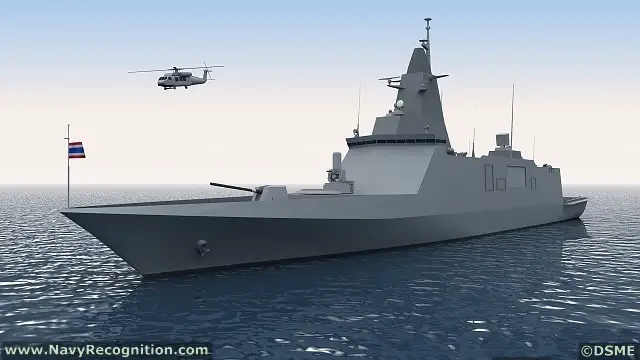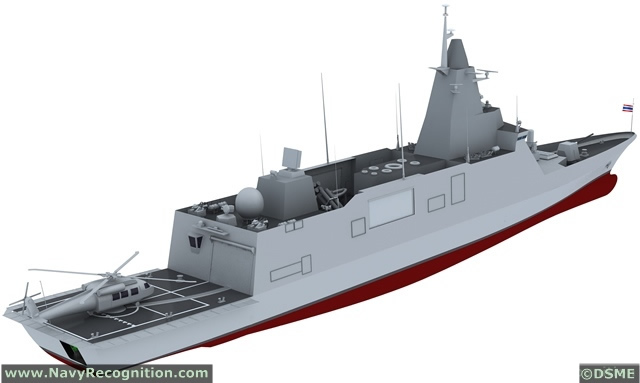Together,
the two systems offer active and passive sonars for the detection, tracking
and classification of underwater vehicles, such as submarines, torpedoes
and unmanned underwater vehicles (UUV). In addition, these sonars are
able to detect and classify small speedboats, divers or floating obstacles,
e.g. containers or tethered mines.
The ASO bow sonar operates in the frequency range between 6 and 9 kHz
and provides a surveillance radius of up to 15 kilometres around the
ship. This makes it most suitable for the self-protection of the ship.
The towed array sonar ACTAS operates in the low-frequency range from
about 2 kHz and permits observation of the sea space at ranges considerably
above 60 kilometres, depending on the propagation conditions of the
water. This gives the sonar an operational range that by far exceeds
that of radars and the weapons range of submarines. The system is therefore
not only ideal for hunting submarines but also for the wide-area reconnaissance
of surface combatants.
Both sonar systems represent the state of the art from ATLAS ELEKTRONIK
and, besides newly developed signal processing methods, offer a unified
hardware design with the corresponding simplifications in servicing
and support. |



